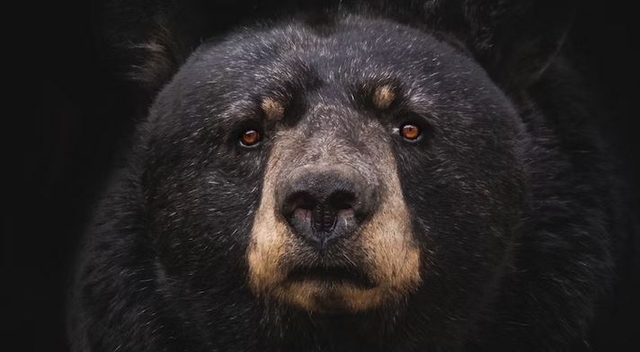PENNSYLVANIA – Pennsylvania boasts a healthy and well-managed black bear population and regulated hunting plays a significant role in maintaining that population’s balance and minimizing human-bear conflicts. This article explores the annual black bear harvest in Pennsylvania, examining the typical number of bears taken by hunters, the management strategies employed by the Pennsylvania Game Commission (PGC), and the regulations that govern bear hunting in the state. It’s crucial to understand that the total bear population (estimated to be around 18,000) is far greater than the number harvested each year, which is a carefully controlled subset.
Annual Harvest Numbers: A Controlled and Variable Take
The Pennsylvania Game Commission sets specific hunting seasons and regulations to sustainably manage the black bear population. The number of bears harvested each year varies depending on several factors:
- Bear Population Fluctuations: Natural variations in bear reproduction and survival rates influence the available population for harvest.
- Hunting Season Structure: Pennsylvania offers a variety of bear hunting seasons, including archery, muzzleloader, and general firearms seasons. These seasons’ length, timing, and specific regulations can be adjusted annually to meet management goals.
- Hunter Success Rates: Weather conditions, bear activity patterns, and hunter participation all impact the actual harvest numbers. A rainy opening day, for example, can significantly reduce hunter success.
- Management Goals: The PGC sets harvest goals based on population estimates, human-bear conflict data, and desired population trends. They may aim to reduce the population in some areas, stabilize it in others, or allow for growth in areas with low bear densities.
Typical Harvest Range (and the Importance of Checking Current Data):
While the exact number fluctuates annually, Pennsylvania’s black bear harvest typically falls within a specific range. In recent years, the harvest has generally been between 3,000 and 4,000 bears (Source: Pennsylvania Game Commission harvest reports). However, this is not a fixed number, and it’s essential to consult the Pennsylvania Game Commission’s official website and publications for the most up-to-date harvest data for the current or most recent hunting season.
Example (Hypothetical – DO NOT USE without verification from the PGC):
“In the 2023-2024 hunting season, Pennsylvania hunters harvested 3,170 black bears. This was slightly lower than the previous year’s harvest of 3,628, primarily due to [insert hypothetical reason, e.g., unfavorable weather conditions during the general firearms season].” (You would replace this with the actual, verified data and a plausible explanation for any year-to-year variation.)
Management Strategies: A Science-Based Approach:
The Pennsylvania Game Commission uses a science-based approach to manage the state’s black bear population:
- Data Collection: The PGC gathers data through mandatory hunter reporting, bear check stations (where harvested bears are examined), research projects (including tagging and tracking bears), and population modeling.
- Habitat Management: The PGC maintains and improves bear habitat, ensuring adequate food sources and denning sites.
- Hunting Regulations: Hunting seasons, bag limits (usually one bear per hunter per year), and licensing requirements are carefully designed to control the harvest and ensure a sustainable population. Specific regulations can vary by Wildlife Management Unit (WMU) within the state.
- Public Education: The PGC educates the public about bear safety, responsible hunting practices, and how to minimize human-bear conflicts.
Finding the Most Up-to-Date Information:
The Pennsylvania Game Commission (PGC) website is the most reliable source for information on Pennsylvania’s black bear harvest.
- Search for: “Pennsylvania Game Commission black bear harvest” or “Pennsylvania black bear hunting statistics.”
- Look for: Official press releases, harvest reports, and hunting regulations. These documents will provide the most accurate and current numbers.
Black bear hunting in Pennsylvania is a carefully managed activity, with the Pennsylvania Game Commission playing a vital role in balancing conservation goals with recreational opportunities. The annual harvest, which typically falls within the 3,000 to 4,000 range (but must be verified annually), reflects the bear population’s health and the effectiveness of the PGC’s management strategies. By consulting official sources like the PGC website, hunters and the public can stay informed about the latest regulations, harvest numbers, and conservation efforts related to Pennsylvania’s black bears. This informed participation is crucial for ensuring the long-term health of the bear population and minimizing human-bear conflicts.


Follow Us!